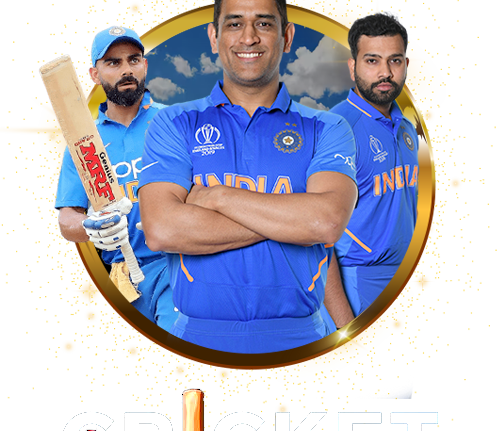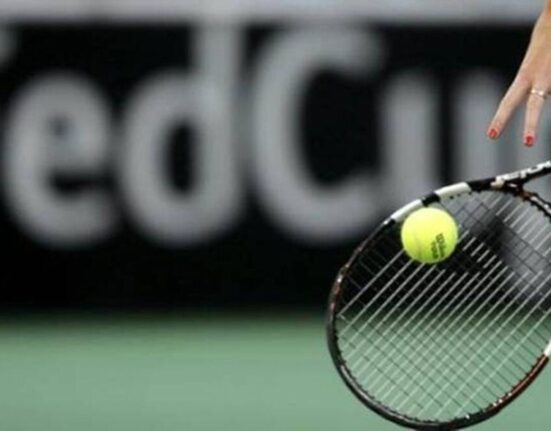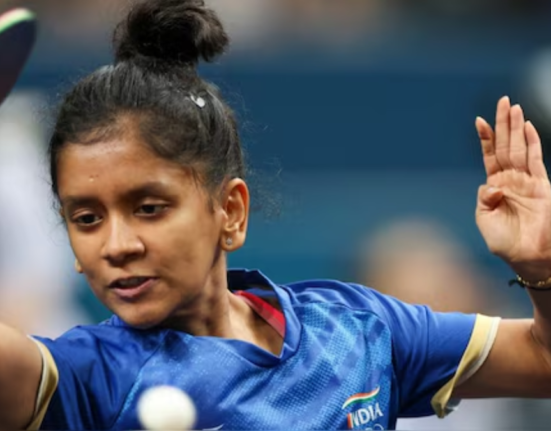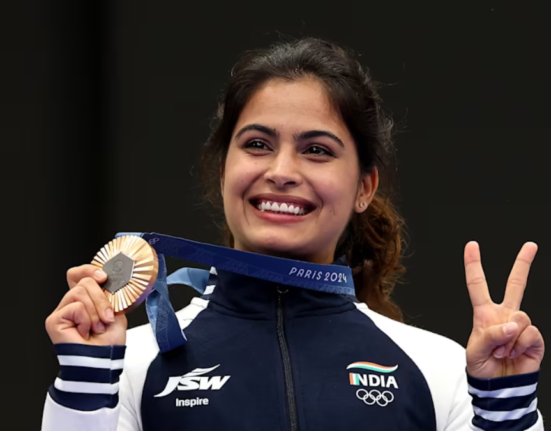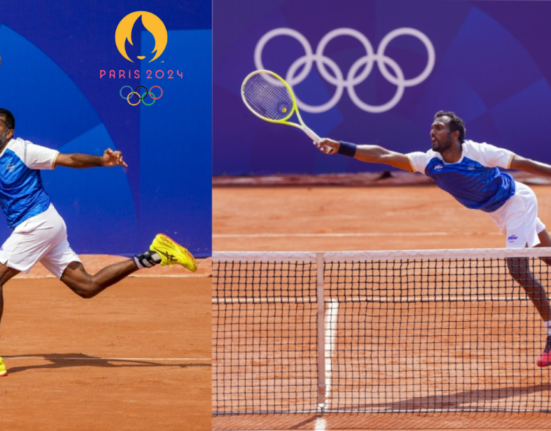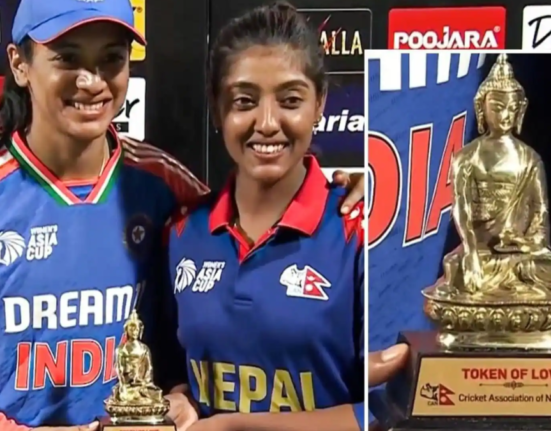The fifties by Three Indian Batsmen make the easy win
The fifties knock came from Rohit Sharma, Virat Kohli, and Surya Kumar Yadav as India pushed past the Netherlands to top the Group 2 table, laying the groundwork for a healthy net run rate boost move to the top. India opted to bat first on his SCG surface, which is considerably slower than the surface he played the tournament opener at the MCG, a classic display of controlled dominance against his Associate’s opponents., scored Parrish’s total, and defended relentlessly.
Chasing A huge Target by the Netherlands
180, the score Netherlands never seemed for chasing, and for some time looked like they were on the brink of elimination below 100. They avoided that fate, with No. 11 Paul van Mikelen finishing the innings with his 4-4-4 over Singh, reducing the loss, but still an impressive 56 runs.
The five specialist bowlers of India shared wickets, with Bhuvneshwar Kumar, Arshdeep, Axar Patel, and R. Ashwin each taking two and Mohammed Shami his one.
No review cost a wicket for India
A new ball swung and occasionally landed on the batsman. India scored just 11 runs in its first 2.4 overs of the innings, with Van Mikelen also taking a well-deserved early wicket of KL Rahul missed a late inswing batting. Rahul did not review the decision, but his first partner, Rohit, seemed to suggest that the ball may have swung down the side of his foot. Chasing the ball finally proved Rohit was right.
Three Fifties, One Inning
Rohit struggled to stay afloat on this sluggish surface, but he kept trying to push the limits. He survived a missed chance, as Tim Pringle put the sitter down the middle at age 13, finishing the inning with a control percentage just below 59. India’s innings. He made 53 runs out of 39 balls.
Kohli ended up with a 75-control percentage today. While in the circle, he had two batters on the other side – Rahul and Kohli – combined to give him 28 of 31 points. On the other side, Kohli’s control rate was 81. His ability to hit quickly once set. he did this and found the four runs with the increased strike.
In the last five overs, he scored 30 from the last 14 balls more frequently, previously scoring 30 to 32 balls. Surya Kumar, on the other hand, did what only a few people in the world could do with him. He shuffled here and there, whipping the ball with his wrist, slicing it into the gaps, and finding the limit on his 5th fold in the first 12-ball. From the last ball of the inning, he struck seven 4s and 6s and went undefeated from 25 to 51 balls.
These three knocks worked well for India to reach their goal of the day. Chances made early by Rohit profited enough for Kohli to start conservatively, and Surya Kumar’s blistering start allowed him to advance to the final five overs.
India’s total of 179 was the lowest in a T20I innings losing less than two wickets, and Hardik Pandya and Dinesh Karthik didn’t even bat, but India is poised for a sluggish pitch against perhaps the semi-opposition. That’s right. Kohli may have taken more risks early on against stronger teams.
Bhuvneshwar dominated the bowling section
‘Max O’Dowd or bust’ is an apt description of the Dutch batsman at this World Cup, and the early days stuck with that theme. O’Dowd found boundaries with two delightful square drives ahead of Arshdeep in the second over, but both sides of that Bhuvneshwar went 2-2-0-1, bowling with pinpoint accuracy and Vikram Jit Singh. fired and rolled down the line.
O’Dowd needed to establish boundaries and was fired trying to do so, baring all the stumps on the Axar and missing the sweep.
The Dutch challenge then fell through as Axar and Ashwin won the middle over before the faster bowlers came back to clean up the bottom. Arshdeep was expensive early on, but with two balls he came back to take two wickets. By the end of the over, even though, his figures had taken a mark, van Meekeren had given Netherlands’ fans a reason to cheer about.
The Netherlands ended up with 123 for 9 against Team India’s 179 for 2.
Read more: Equal Pay for Female Cricketers of India like Male Cricketers



